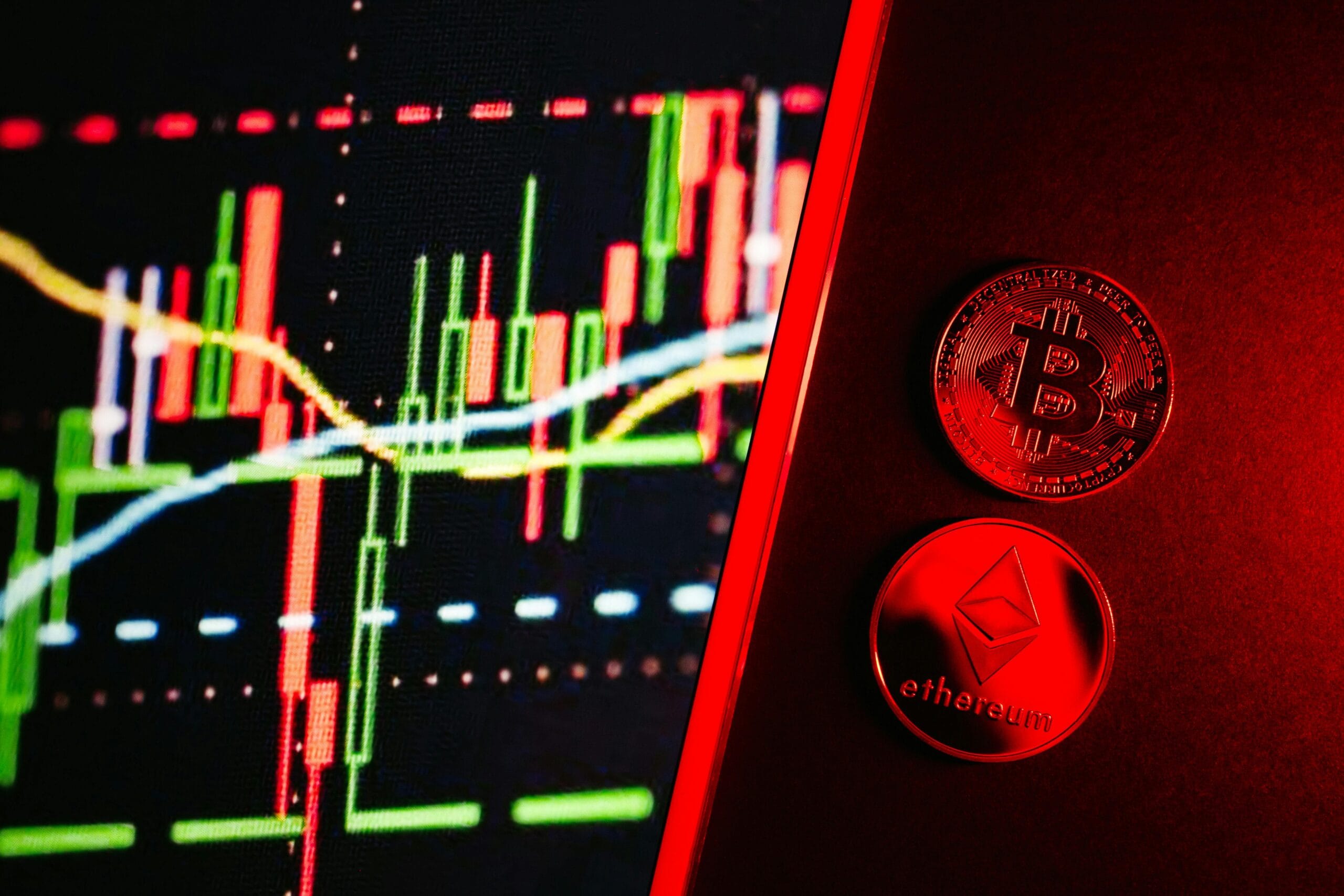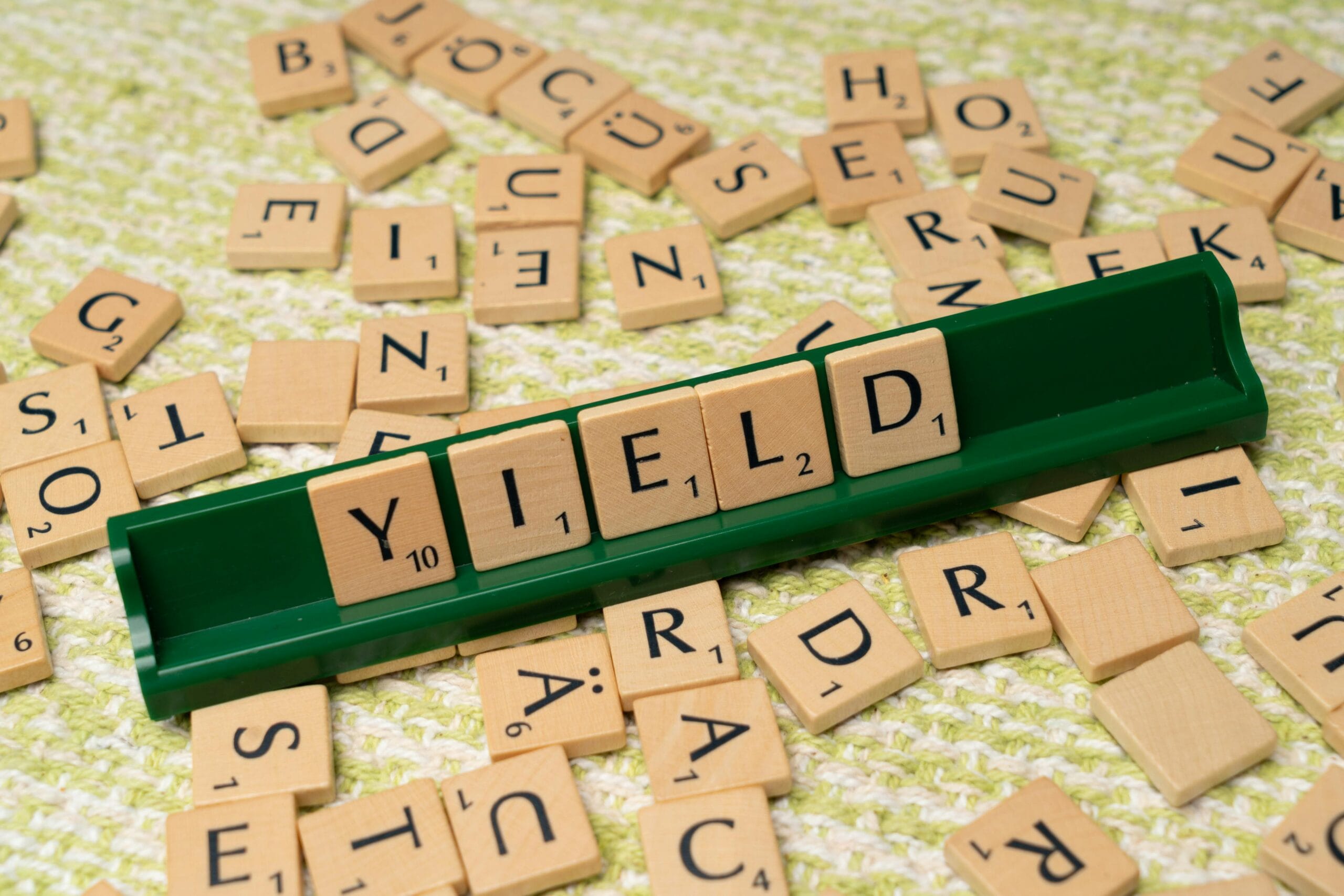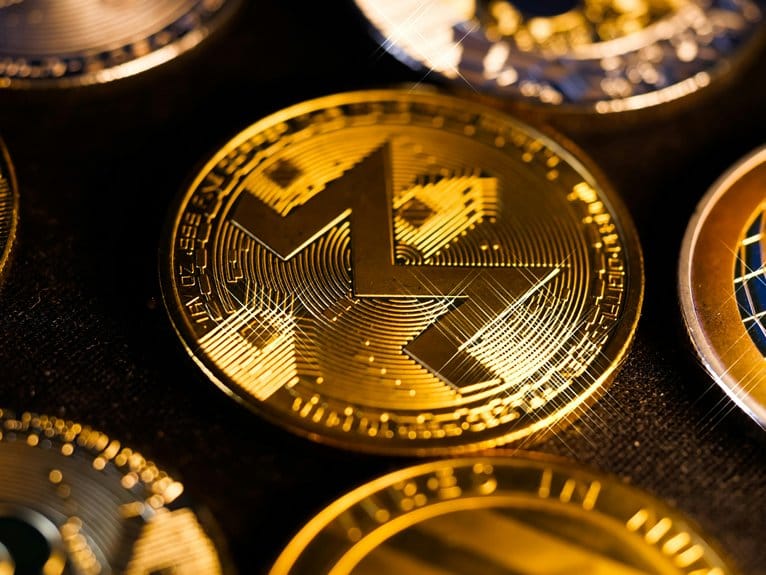Fractional NFTs (F-NFTs) have emerged as a game-changing solution in the digital asset space, enabling multiple investors to own shares of valuable NFTs through smart contract technology. This innovation has dramatically lowered entry barriers while enhancing market liquidity and price discovery. With trading volumes surging over 300% year-over-year and market analysts projecting a 25% compound annual growth rate through 2025, F-NFTs are revolutionizing investment accessibility. Institutional investors are increasingly incorporating these assets into their portfolios, driving market expansion beyond traditional NFT categories into real estate and intellectual property. Understanding the mechanics and potential of F-NFTs reveals compelling opportunities in this rapidly evolving sector.
What Are Fractional NFTs
Ownership fragmentation has revolutionized the NFT market through fractional NFTs (F-NFTs), which allow multiple investors to own portions of a single non-fungible token. This innovative approach to digital assets breaks down expensive NFTs into smaller, more affordable shares, democratizing access to high-value blockchain-based collectibles and artwork.
F-NFTs operate through smart contracts that divide the original NFT into a predetermined number of tokens, each representing partial ownership of the asset. These fractional shares can be traded independently on secondary markets, creating improved liquidity and price discovery mechanisms. The technology enables investors to diversify their portfolios across multiple premium NFTs instead of committing large amounts of capital to a single piece.
The fractional ownership model has gained particular traction in the high-end NFT market, where individual pieces can command prices in the millions of dollars. By lowering the entry barrier, F-NFTs have expanded the potential investor base and created new opportunities for market participation.
This segmentation also enables more accurate price discovery and valuation metrics, as smaller fragments can be more easily bought and sold, providing better market indicators for the underlying asset's true value.
Benefits of NFT Fractionalization
NFT fractionalization unlocks numerous advantages for investors, collectors, and the broader digital asset marketplace. By dividing high-value NFTs into smaller, tradeable units, this innovation dramatically lowers entry barriers and creates accessibility advantages for retail investors. Participants can now own portions of premium digital assets that were previously beyond their financial reach, enabling broader market participation and increased liquidity.
Investment diversification becomes more achievable through fractionalization, as investors can spread their capital across multiple NFT segments rather than committing large sums to single assets. This approach reduces portfolio risk while maintaining exposure to potentially valuable digital collectibles and artwork.
The model also benefits original NFT creators and sellers, who can tap into a larger pool of potential buyers and potentially achieve higher overall valuations.
Furthermore, fractionalization enhances market efficiency by enabling price discovery through smaller trading increments. This mechanism creates more accurate valuations and reduces market volatility.
The technology also introduces new possibilities for NFT-based fundraising, allowing projects to tokenize valuable assets and distribute ownership across a broader investor base while maintaining transparent and verifiable ownership records.
How F-NFTs Actually Work
Breaking down high-value digital assets into smaller, tradeable units requires a sophisticated technological framework that underpins the F-NFT process. This process typically involves creating smart contracts that govern the fractionalization of the original NFT, establishing rules for ownership distribution and trading parameters.
The technical implementation involves locking the original NFT in a smart contract vault while simultaneously minting new tokens that represent fractional ownership. These tokens, often following the ERC-20 standard, can be traded on various cryptocurrency exchanges and NFT marketplaces. Each token represents a specific percentage of ownership in the underlying digital collectibles.
The smart contract maintains a permanent record of all fractional owners and automatically manages transactions, ensuring transparency and security. When users purchase these fractionalized tokens, the smart contract updates ownership records in real-time.
Some platforms also implement governance mechanisms, allowing fractional owners to vote on decisions regarding the asset, such as setting a reserve price for potential buyouts or determining display rights. This democratized approach to ownership has created new market dynamics in the digital asset space, particularly for high-value NFTs that would otherwise be inaccessible to average investors.
Market Impact and Investment Potential
Since their introduction to the digital asset marketplace, fractional NFTs have fundamentally transformed investment accessibility and market dynamics. By allowing multiple investors to own shares of high-value NFTs, F-NFTs have democratized access to premium digital assets while creating new liquidity channels in previously illiquid markets.
Recent market trends indicate a growing appetite for fractional ownership, particularly among retail investors seeking portfolio diversification. Data shows that F-NFT trading volumes have increased substantially, with some platforms reporting growth rates exceeding 300% year-over-year. This surge reflects both broader NFT market maturation and increasing sophistication in investment strategies.
The investment potential of F-NFTs extends beyond traditional NFT use cases. Institutional investors are now incorporating F-NFTs into diversified digital asset portfolios, recognizing their potential for risk mitigation and exposure to blue-chip NFT assets.
Market analysts project that the F-NFT sector could reach a market capitalization of several billion dollars by 2025, driven by improved infrastructure, regulatory clarity, and mainstream adoption. However, investors must carefully evaluate platform security, market liquidity, and underlying asset quality when developing F-NFT investment strategies.
Legal Framework and Regulations
The legal landscape surrounding fractional NFTs remains complex and evolving, with regulatory bodies worldwide grappling to establish clear frameworks for these novel digital assets.
Key regulatory challenges include determining whether fractional NFTs qualify as securities under existing laws and establishing guidelines for ownership rights in cases of partial tokenization. The SEC and other financial regulators are increasingly scrutinizing these instruments, particularly regarding their classification and trading mechanisms.
Legal implications extend to intellectual property considerations, as fractionalizing NFTs raises questions about copyright enforcement and licensing agreements.
Smart contracts governing fractional ownership must comply with multiple jurisdictions, while tax considerations remain particularly challenging due to the lack of standardized treatment for partial NFT holdings. Compliance issues are further complicated by cross-border transactions and varying international regulatory requirements.
Platforms facilitating fractional NFT trading must navigate complex legal requirements, including KYC/AML regulations and securities laws.
Many jurisdictions are developing specific frameworks to address these emerging assets, though regulatory clarity remains limited. Industry stakeholders are advocating for balanced regulations that protect investors while fostering innovation in the fractional NFT space.
Top F-NFT Platforms
Several leading platforms have emerged to facilitate fractional NFT trading while adhering to evolving regulatory requirements. Among the popular F-NFT platforms, Fractional.art has established itself as a pioneer, offering users the ability to divide high-value NFTs into smaller, tradeable shares.
NFTfy has gained significant traction by providing a user-friendly interface for creating and trading fractionalized tokens across multiple blockchains.
Leading F-NFT marketplaces like Unicly and DAOfi have introduced innovative features such as automated market makers and liquidity pools specifically designed for fractional NFT trading.
NFTX has differentiated itself by focusing on creating indexed funds of fractionalized NFTs, allowing users to gain exposure to multiple assets simultaneously.
PartyBid has carved out a unique position by enabling community-driven fractional ownership through collective bidding mechanisms.
These platforms have experienced substantial growth in trading volume, with some reporting month-over-month increases exceeding 200%.
The integration of advanced security features, cross-platform compatibility, and improved user interfaces has contributed to their widespread adoption, particularly among institutional investors and serious collectors seeking portfolio diversification through fractional ownership.
Future of Fractional Ownership
As digital asset markets continue to evolve, fractional ownership is poised to revolutionize investment strategies across multiple sectors beyond NFTs. Market analysts predict significant growth in fractional ownership platforms, with projections suggesting a compound annual growth rate exceeding 25% through 2025. This expansion reflects growing investor demand for accessible, diversified digital asset portfolios.
The future landscape of fractional ownership extends beyond art and collectibles into real estate, intellectual property, and even traditional securities. Emerging blockchain technologies are enabling more sophisticated fractionalization mechanisms, improving liquidity and reducing entry barriers for retail investors.
Industry experts anticipate the integration of smart contracts will automate dividend distributions and voting rights, enhancing stakeholder engagement.
Market indicators suggest institutional investors are increasingly exploring fractional ownership models, particularly in high-value digital assets. This trend is driving the development of regulatory frameworks and standardized protocols for fractional ownership platforms.
As the ecosystem matures, cross-platform interoperability and enhanced security measures will likely become standard features, facilitating seamless trading and ownership transfer across different blockchain networks. These advancements could potentially unlock trillions in previously illiquid assets.
Frequently Asked Questions
Can Fractional NFT Owners Meet and Make Collective Decisions About the Asset?
Yes, fractional NFT owners can participate in collective governance through established decision-making mechanisms, allowing them to vote on proposals and determine the asset's future direction proportional to their ownership stake.
What Happens if Some Fractional Owners Want to Sell but Others Don't?
Shared ownership dynamics can create market liquidity concerns when owners disagree on selling. Most platforms allow individual fraction holders to sell their shares independently while others maintain their positions.
How Do Gas Fees Work When Trading Very Small Fractions of NFTS?
Gas fee implications remain consistent regardless of fraction size, creating potential cost inefficiencies for small trades. Smart contract optimization and layer-2 solutions help address these fractional ownership challenges.
Are There Minimum Holding Periods for Fractional NFT Investments?
Minimum holding periods for fractional ownership vary by platform and smart contract terms. While some require minimum investment lockups, many platforms allow immediate trading to maintain market liquidity and accessibility.
Can Fractional NFT Shares Be Gifted or Transferred Between Digital Wallets?
Yes, fractional NFT shares can be gifted or transferred between digital wallets, maintaining ownership rights intact. The gift transfer process typically follows standard blockchain protocols for token transactions.
Conclusion
Fractional NFTs represent a pivotal development in democratizing digital asset ownership. The technology's ability to enhance liquidity, reduce barriers to entry, and create new investment models positions F-NFTs as a transformative force in the digital economy. As regulatory frameworks mature and platform infrastructure evolves, fractional ownership is poised to accelerate mainstream adoption of NFTs while fostering a more inclusive and efficient digital asset marketplace.





